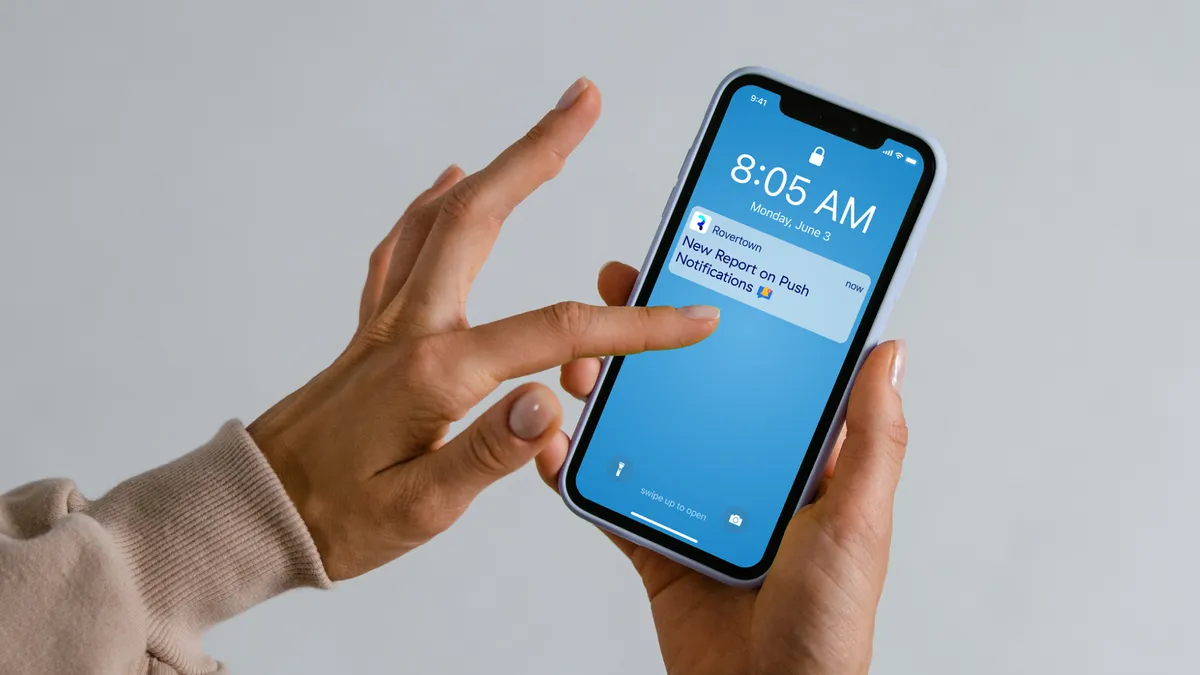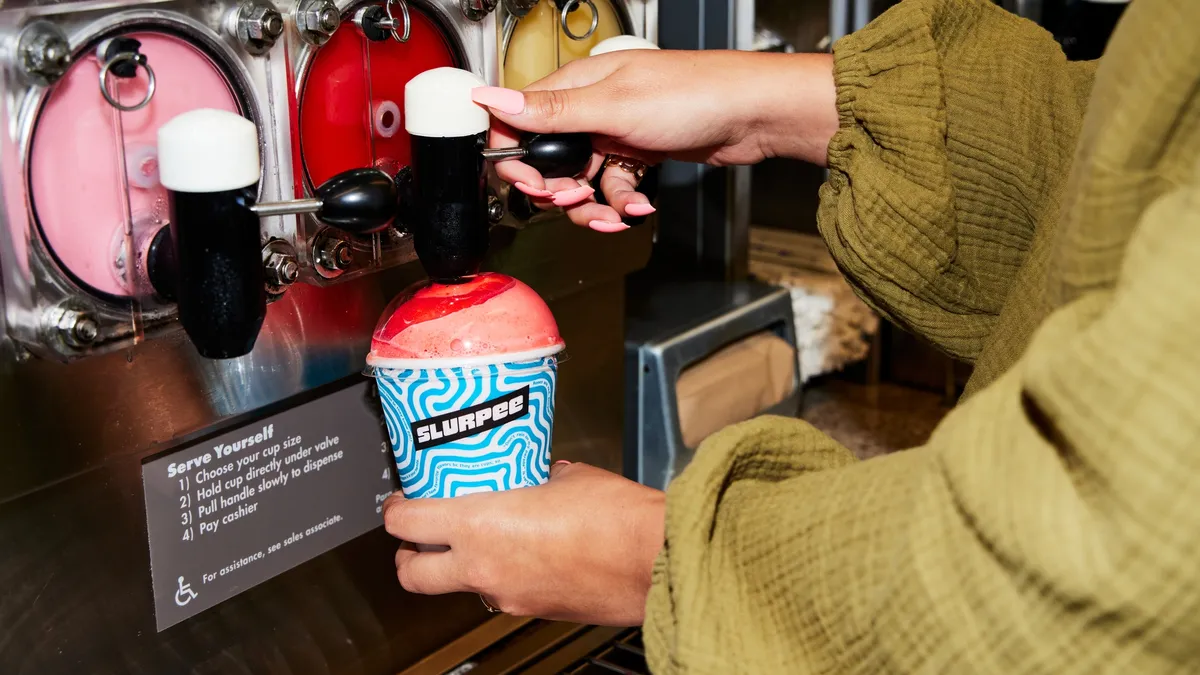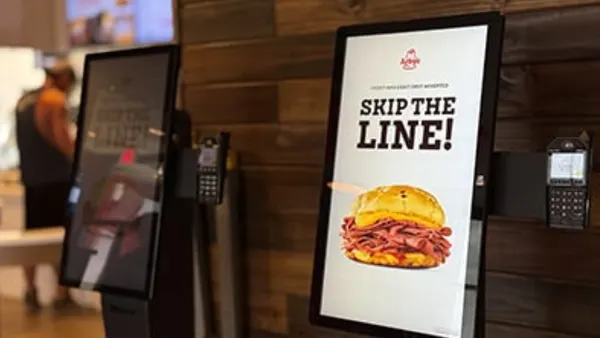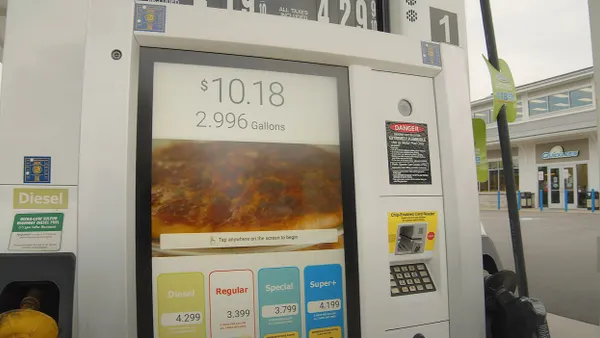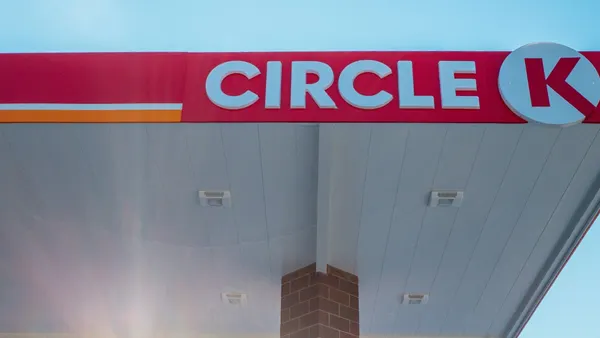There’s no denying the power of push notifications. They allow a convenience store to reach customers wherever they are, dangling offers and reinforcing its brand.
“Push notifications are an essential aspect of any modern mobile app and engagement strategy,” said Tyler Cameron, head of strategy and analytics at Rovertown. “Unfortunately, best practices have not been widely disseminated within our industry.”
Rovertown recently released a report that laid out best practices for sending push notifications after analyzing more than 78 million messages sent from its platform in 2023. The company did an initial analysis of the data earlier this year, then gave preliminary best practices to a group of retailers. Those that followed the guidelines saw a 17% boost in unique app users.
“Driving results doesn’t always mean investing more money into your app,” said Cameron. “As a former retailer, I’ve seen how effective push notifications can be when it comes to communicating your app’s purpose and driving engagement.”
Below are some key tips from the report to help craft more effective push notifications.
Timing is key
A push notification can more than double the number of daily in-app sessions for a convenience store brand, as compared to a day when the company didn’t reach out to customers, according to a recent Rovertown report. So should retailers reach out every day?
Retailer should stay in touch without getting too pushy. According to the report, while sending a push notification after a one-day hiatus can boost engagement by 129%, sending another the next day results in an average reduction of 52% in app sessions.
Rovertown notes that push notifications are more likely to be opened early in the work week, with Tuesday the most successful day on average, and that the best time to send push notifications is outside of normal business hours. Between 4 a.m. and 9 a.m. seems to be a sweet spot.
“Consider framing the content of your push notifications around lifestyle moments that appeal to consumers during the morning and evening day parts,” the report noted.
Wording the message
When crafting push notifications, short and pithy notes as well as longer ones can both work well. However, since most phone screens only display between 40 and 75 characters, Rovertown advises leaning toward the shorter end.
“Rather than spelling out all the details, create intrigue and make them want to know more,” the report suggests.
Retailers should also consider how they’re framing discounts and other special offers to build intrigue. For instance, the report found that messages that listed the price of a discounted item or special offer did 32% worse than an average standalone message since they left the customer with no reason to check the app.
Convenience stores should also keep their messaging positive. Messages with negative wording like “don’t miss out” performed 9% worse than average.
What about emojis?
Should c-stores embrace emojis in their push notifications? Research suggests that a significant number of people find them unprofessional, with 45% of employees saying they should never be used in marketing or customer communications, according to a survey by SurveyMonkey.
But that’s not what Rovertown found. The firm’s report noted that messages using emojis performed 47% better than average.
“Don’t be afraid to have a little fun and use emojis to stand out and drive home the message,” Rovertown said in the report.


